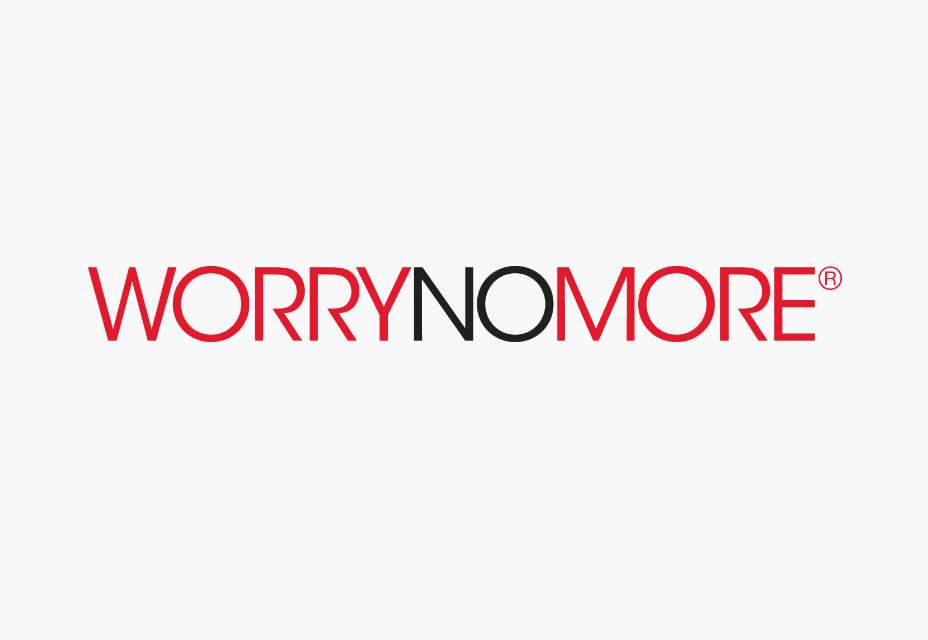
Sustainability
for good
Find Out More
We believe fashion has always been a force for change, and we have a unique role in encouraging designers, entrepreneurs, colleagues & customers to create a more equitable and sustainable future. Our sustainability program is anchored on two primary commitments: caring for the people making our products and managing our environmental impact. We curate and create sustainable products and services so people and planet can thrive together. While we know there’s more work to do, we believe that small steps lead to big change.
See Our Corporate AmbitionsSustainable Product Pillars
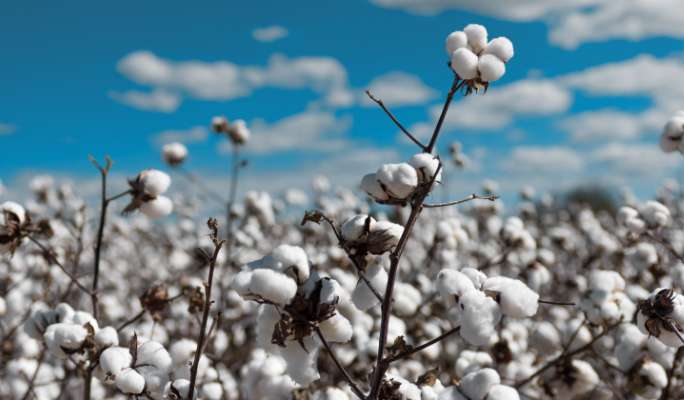
Preferred materials
Made with materials that are certified to be an improvement over the status quo: recycled, organic, more sustainable growing/sourcing methods, or alternative feedstocks to virgin petroleum inputs. See more
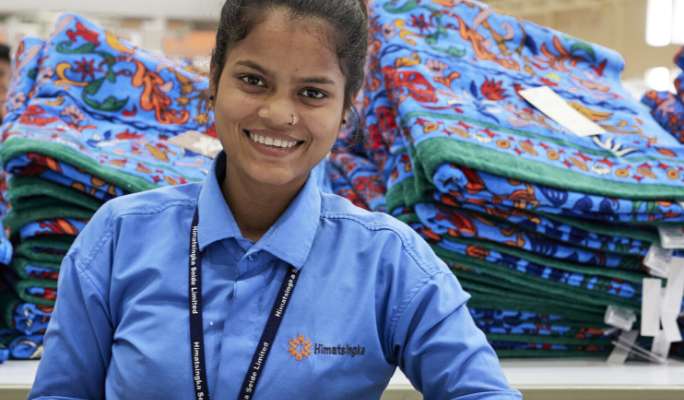
People first
Meets rigorous third-party standards for safe labor practices, sustainable business practices, or worker well-being programs. See more
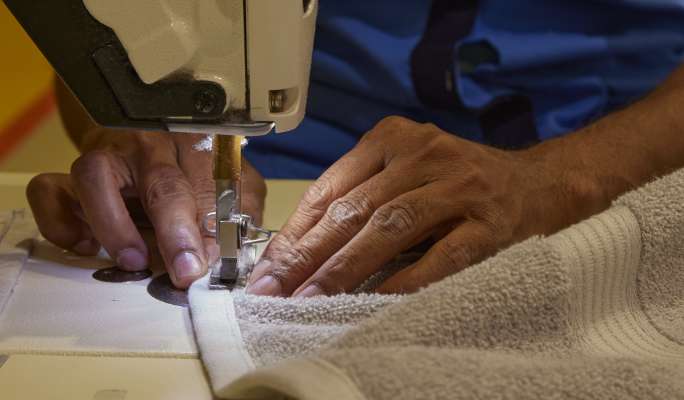
Designed for less waste
Products that are thoughtfully redesigned, refurbished, or reused to keep materials in rotation longer. See more
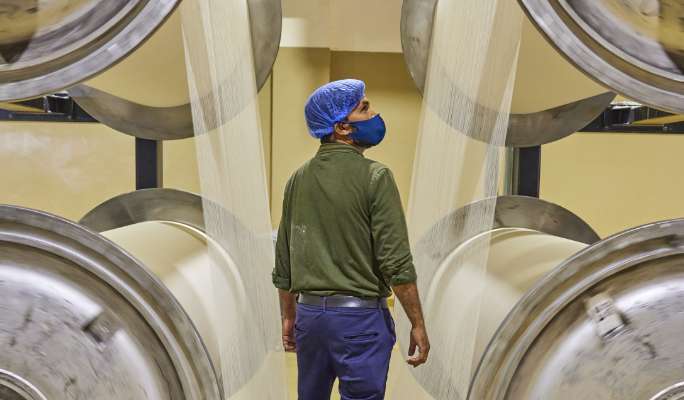
Preferred practices
Products proven to be one of the following: free of chemicals of concern, made with no animal cruelty, or made with no inputs of animal origin. See more
Circular &
sustainable services
Serious about extending product life, repairing items, restoring & giving back? Us, too. By learning how to take care of your products, you can help them last longer & reduce environmental impacts.
Here’s how to extend
your product life:
Wear more,
wash less
There’s no shame in skipping the wash when things aren’t dirty yet! Save on water & electricity by rewearing clothes more often before throwing them in the laundry basket.
Filter microfibers
Place synthetic fibers (like polyester & fleece) in a filter bag to minimize microfibers entering the wash cycle & ending up in our waterways.
Wash on cold & line dry
Switching to cold water will save you money on your energy bill & reduce your carbon footprint (win-win). If you need a dryer, opt for the low or medium heat setting.
Reduce bleach & softener use
Both agents can cause yellowing to your
whites & break down the fibers of your
towels, sheets & more over time. Less fabric you need to repurchase = less going into landfills.


